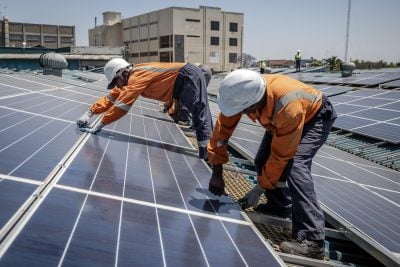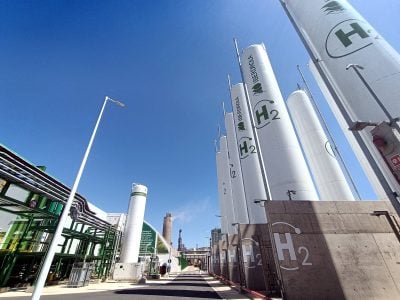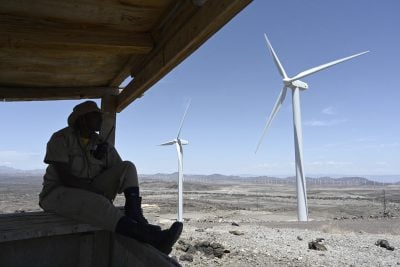An increasingly common argument in the debate over food production is that a vegan diet would promote food security because it requires far less land to produce the same amount of calories.
To make our definitions clear: vegetarians do not eat any form of meat or meat by-product; while vegans do not consume anything that comes from animals, including meat, meat by-products, dairy produce, eggs or honey.
Vegan lifestyles and diets are becoming increasingly popular in North America and Europe because of concerns over animal cruelty and health, but have of course long been followed by millions of people elsewhere in the world, particularly in India.
In practice, meat consumption among Africans is already low because the price of meat makes it a luxury item. In addition, dairy consumption is far lower than in North America and Europe, partly for cultural reasons but also because of the lack of access to electricity and therefore refrigeration. Most milk in many parts of Africa is consumed directly from the animal involved. However, slowly rising incomes are resulting in increasing meat and dairy consumption across the continent.
This is likely to result in more land being used to grow crops for animals, rather than vegetables, cereals, legumes and fruit for human consumption, at precisely the same time as the population of Africa is growing rapidly.
Yet most meat and dairy foodstuffs are used to feed the wealthiest. Even if African food production does increase year on year, the continent could end up exporting most of the additional calories to other parts of the world.
Most of the calories fed to livestock are used by the animals in question and are not transferred to the humans in the form of meat or dairy produce. Much of this energy is then converted into methane that contributes to global warming. According to the FAO, animal agriculture is responsible for 18% of all human-induced greenhouse gas emissions, a similar figure to all transport-related emissions from cars, aircraft and shipping put together.
Table 1 demonstrates that six times as much land is needed to produce the same amount of calories from beef cows as vegetables. To take an extreme example from these figures, a vegan diet can meet an individual’s calorie and protein needs from just 300 square metres using mainly potatoes. A varied diet with lots of different fruits, vegetables, grains and legumes would require about 700 square metres.
Replacing just a third of the calories in this diet with calories from milk and eggs would double the land requirements, while a typical European omnivorous diet would require five times the amount of land required for a varied vegan diet. As a result, a vegan diet is not now only being promoted by committed vegans but by organisations such as the United Nations.
The main problem is not the land occupied by livestock but the land used to grow feedstock for livestock. In 1900, about 10% of all grain produced around the world was fed to animals but this figure is now approaching 50%. The United Nations Environment Programme estimates that the calories consumed in the form of grain by livestock alone are equivalent to the calorific needs of 3.5bn humans. World livestock consumption now exceeds 21bn animals a year, several times the human population.
The UK’s Department for International Development recently published its report on Global Food Security. The report recommended a reduction in meat consumption and warned of the threat to food security of feeding grain to farm animals.
There are two main problems with encouraging people around the world to remove all animal products from their diet. Firstly, animal fertiliser is used to grow many crops and taking animals out of the food production chain will reduce the availability of this fertiliser. Alternatives are, however, being developed, although again supply chains need to be set up. Secondly, there is a cultural problem, particularly in societies where prosperity is closed connected with meat consumption. This could be a far more difficult obstacle to overcome.
Want to continue reading? Subscribe today.
You've read all your free articles for this month! Subscribe now to enjoy full access to our content.
Digital Monthly
£8.00 / month
Receive full unlimited access to our articles, opinions, podcasts and more.
Digital Yearly
£70.00 / year
Our best value offer - save £26 and gain access to all of our digital content for an entire year!
 Sign in with Google
Sign in with Google 


